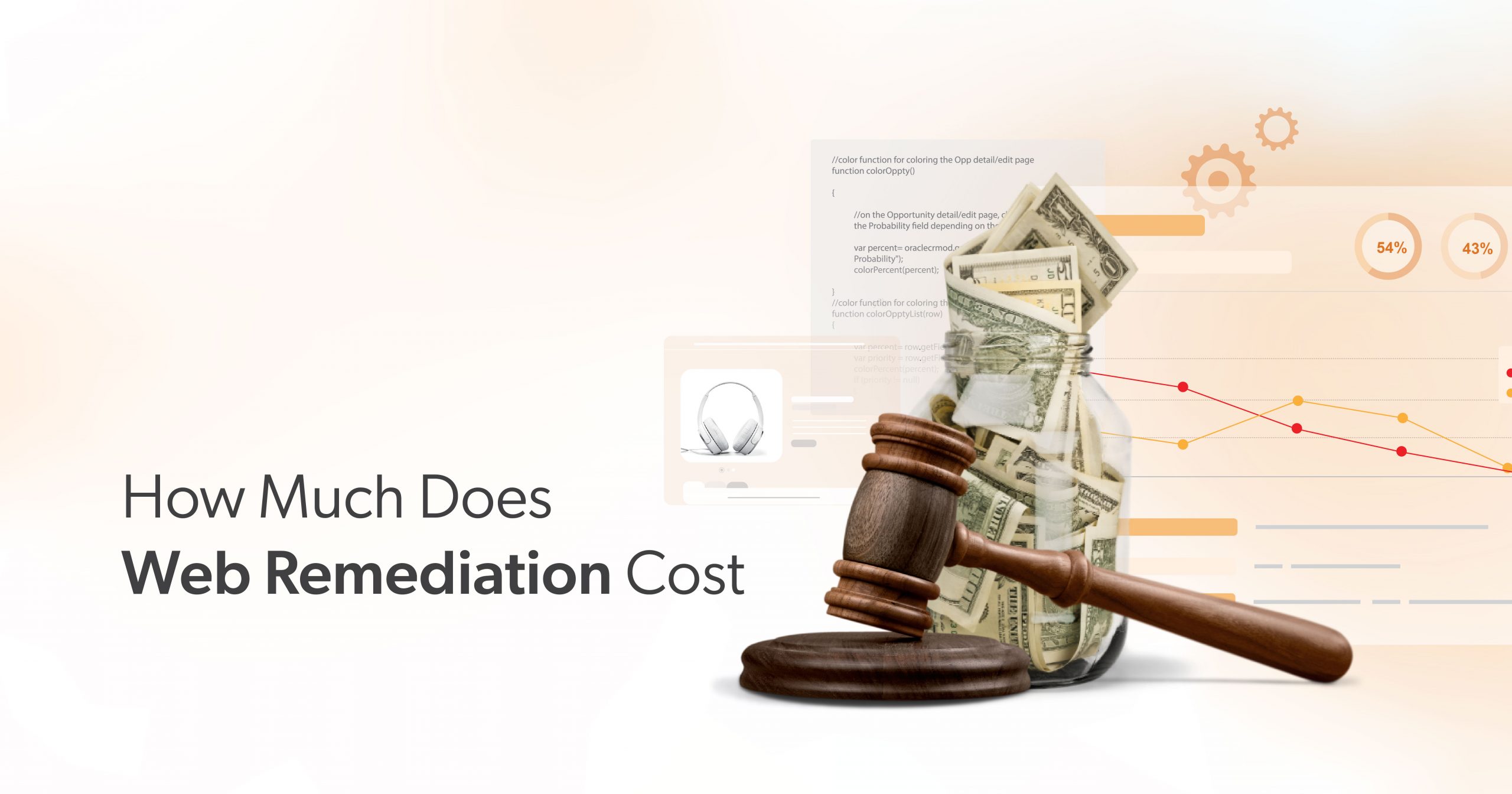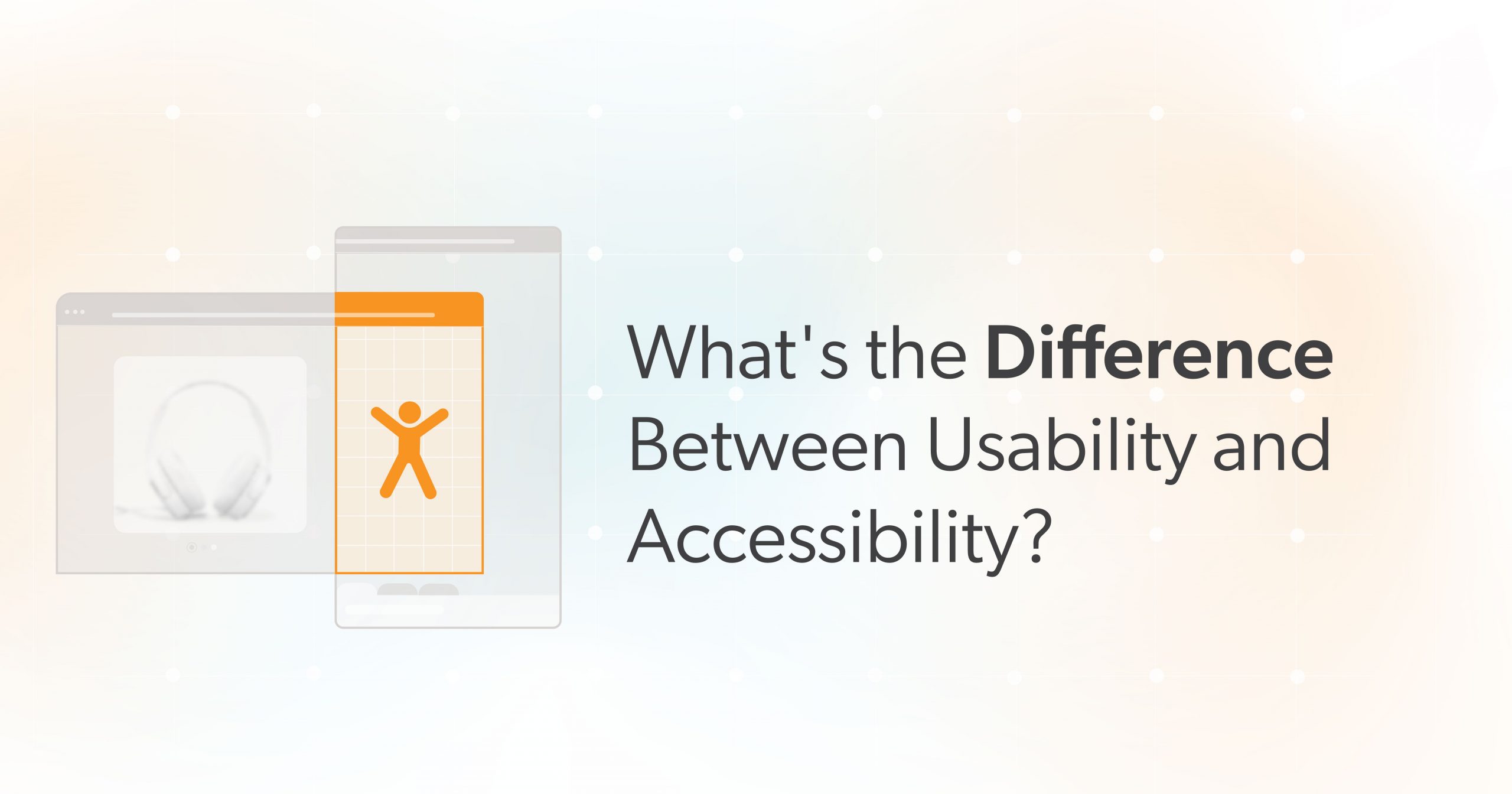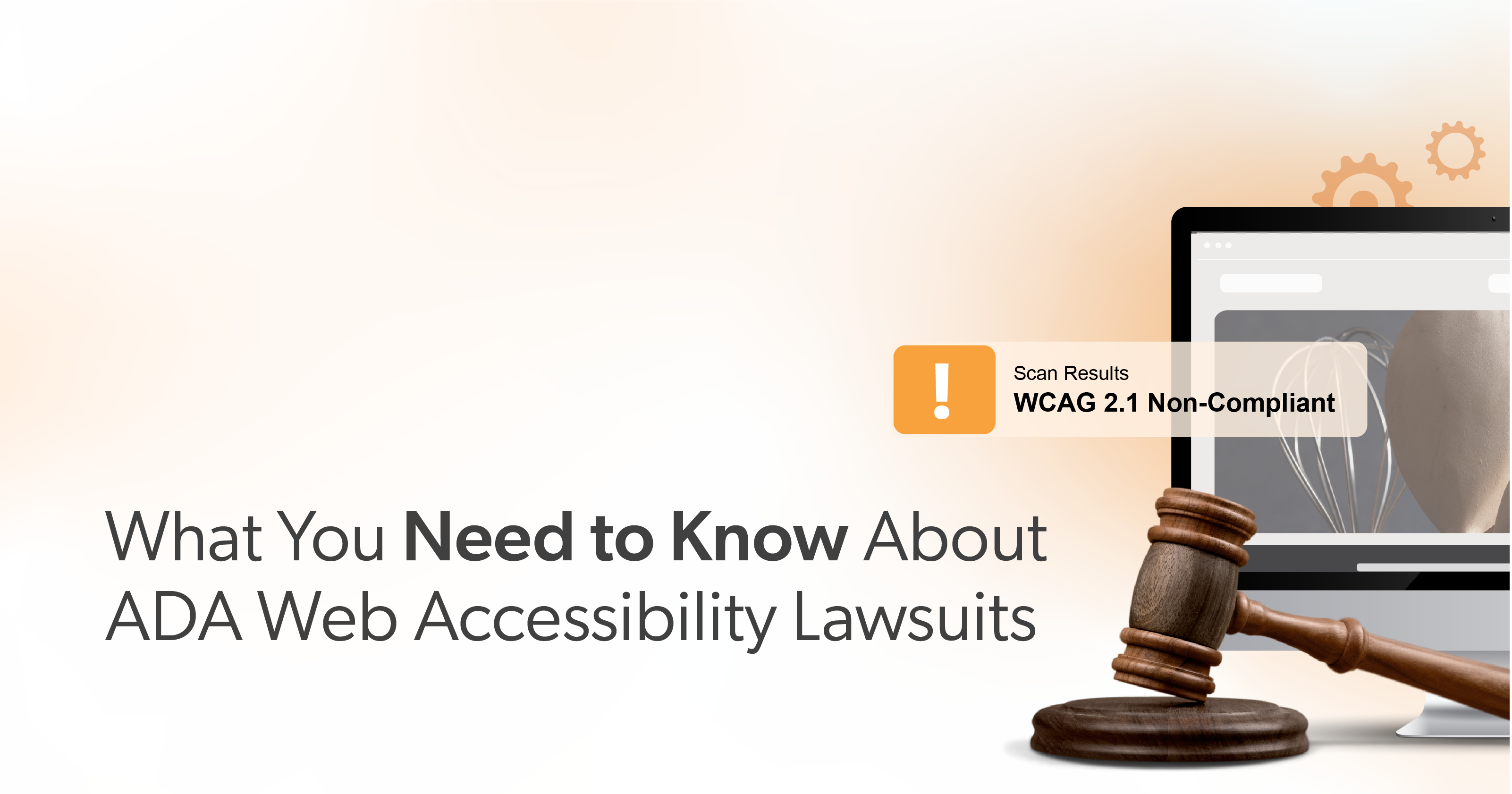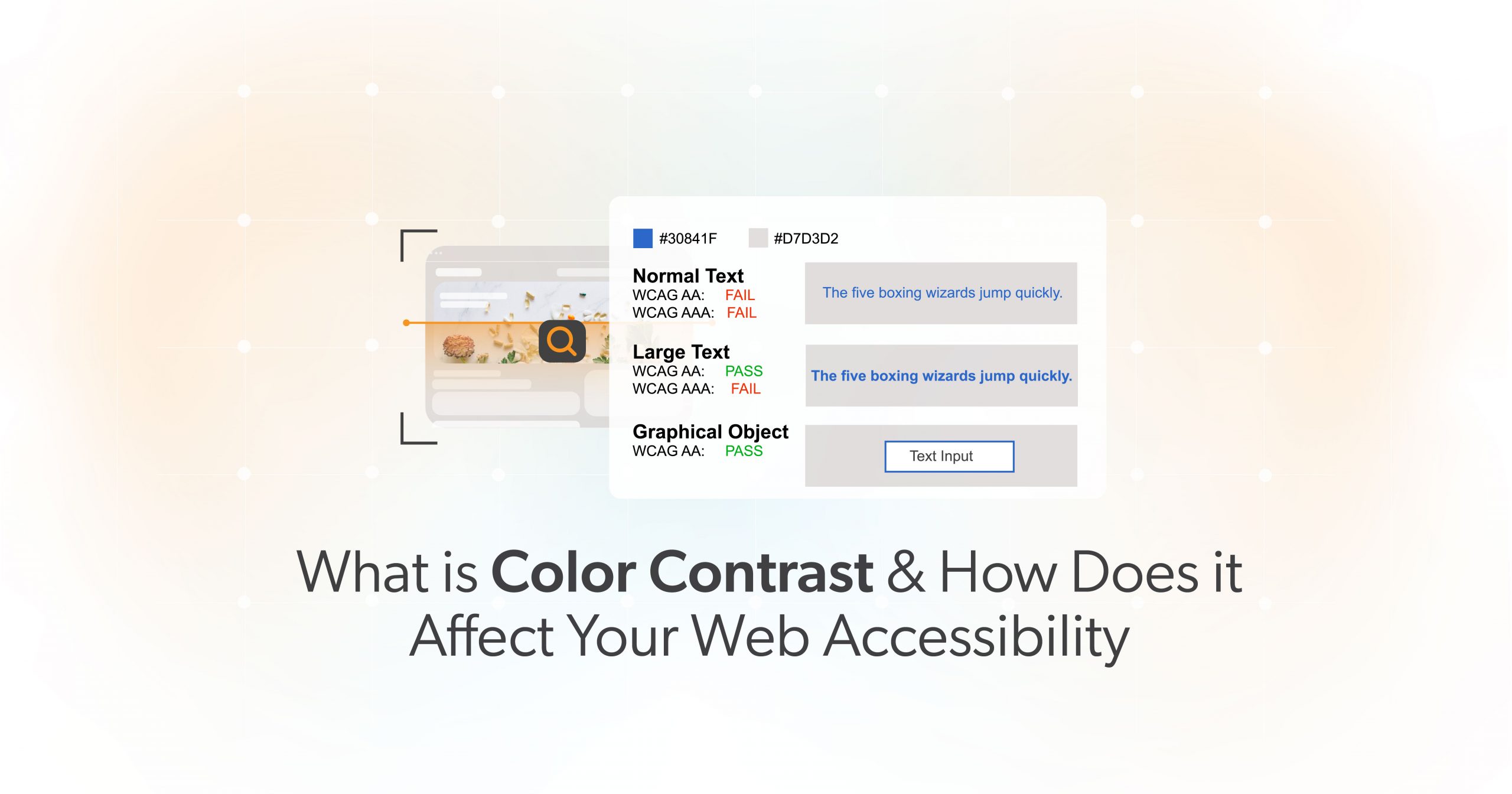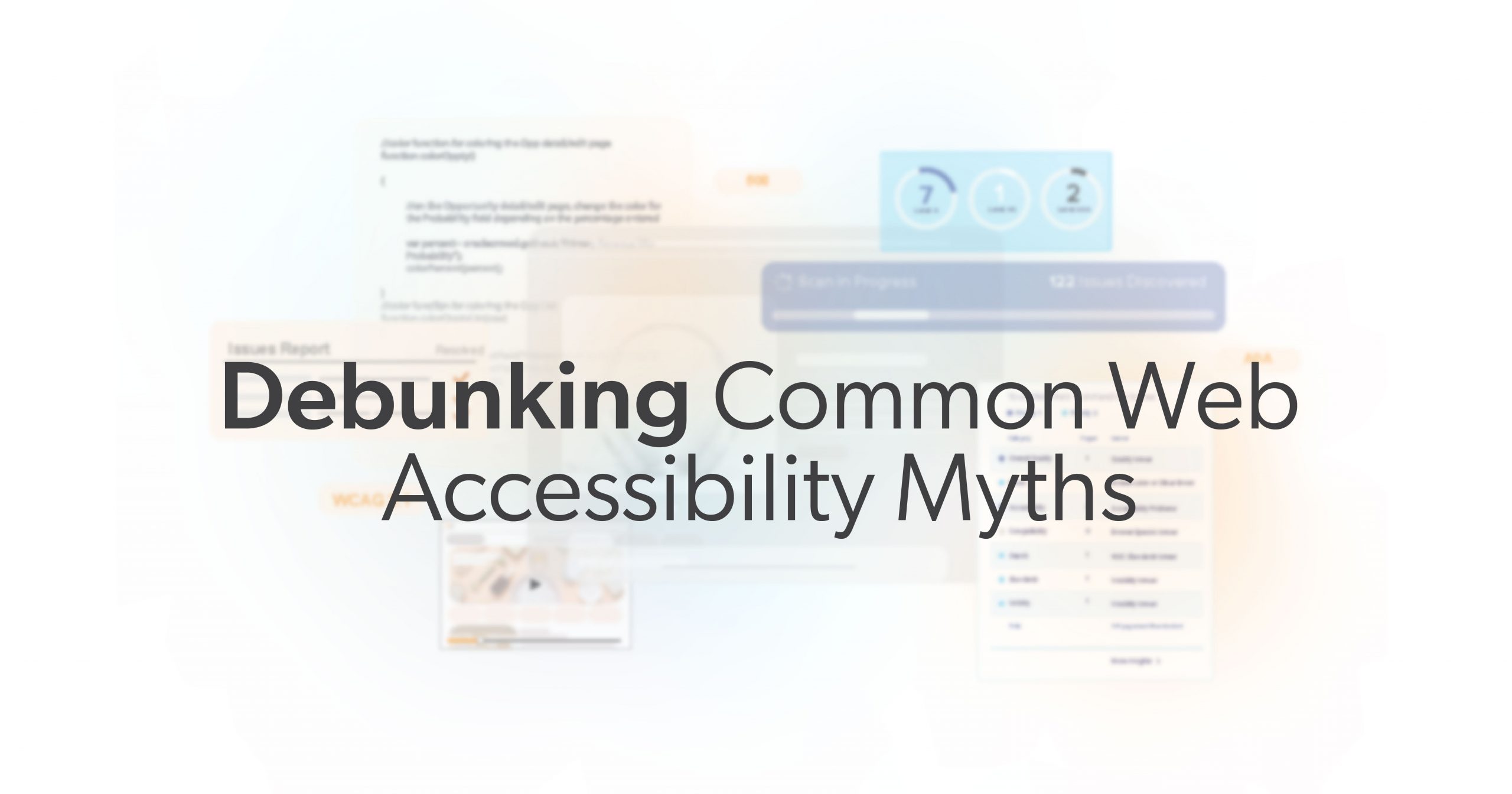PDFs have become a content staple for online businesses. From brochures and forms to e-books and reports, everyone uses PDFs, and with good reason. They’re compatible with most online content and are the ideal way to share and view information online.
But have you ever considered how accessible these documents are for disabled users? Despite their many advantages, PDFs often remain a closed book for people with disabilities.
Read on to learn what an accessible PDF is, how it will benefit your online business, and how to make your PDF files accessible to everyone.
The Popularity of PDF Documents
It’s not surprising that PDFs are used so much in the workplace. They are the perfect medium for presenting different types of information in a single document. Text, photos, charts, logos, and other items become fixed in a PDF, so the end-user can’t delete or reorder page elements.
PDFs also preserve the original formatting, fonts, and layout across different devices and operating systems. This ensures that your documents look the same to all users, regardless of their device.
Today, PDFs are the most widely used online document format. However, not all PDFs are made with accessibility in mind. While they may appear visually perfect, they can pose challenges for people with disabilities. But why are web-accessible PDFs important?
Why is PDF Accessibility Important?
While many businesses use PDFs for essential purposes, it’s important to remember that all online content must be fully accessible. Title III of the Americans with Disabilities Act (ADA) requires businesses open to the public to provide complete and equal access to people with disabilities. Moreover, the Department of Justice (DOJ) has continuously taken the position that the ADA does apply to all online content, including PDFs.
When authoring your online documents, you must avoid creating barriers for individuals with disabilities. For example, many PDFs need the appropriate tags to define their structure and non-text content. These issues can create barriers for people who use screen readers and other assistive technologies. In that case, you may expose yourself to legal implications and accessibility-related lawsuits. So don’t take the risk; ensure that your PDFs are accessible.
Aren’t all PDFs Web Accessible?
Contrary to popular belief, PDFs are not automatically web-accessible. While all PDFs are created using standard desktop publishing tools, they are not explicitly designed with accessibility in mind. As a result, many PDFs contain severe obstacles that can be difficult for users with disabilities to navigate or understand.
For example, suppose someone with low vision or who is legally blind uses a screen reader. In that case, they won’t be able to read a standard PDF if it lacks alternative text descriptions for images. This is because assistive technology tools like screen readers are not automatically compatible with PDFs.
In order to make PDFs truly accessible, additional efforts must be taken to address these concerns.
How are Accessible PDFs Different?
The fundamental difference between an accessible and inaccessible PDF file is that one can be accessed, viewed, and interacted with by everybody. For a PDF to be considered accessible, it must meet a set of accessibility guidelines:
- Web Content Accessibility Guidelines (WCAG): WCAG is the set of guidelines created by the World Wide Web Consortium (W3C) to make web content more accessible to people with disabilities. They provide pass-or-fail success criteria with recommendations that can be applied to web-delivered documents.WCAG 2.1 is the current standard, including specific guidelines for PDF accessibility.
- PDF/UA 1 (ISO 14289-1) This is an international standard for accessible PDFs, which provides detailed technical specifications for creating accessible documents.
What Are Tag Trees, and How Do They Help Make PDFs Web Accessible?
Tagged trees, or “tag trees,” are the main elements for making a PDF accessible. These tags tell assistive technologies how to read the PDF content and identify headings, paragraphs, sections, and tables.
They ensure that assistive tech tools move from section to section in the correct order without skipping non-text items like graphs or images. By doing so, tag trees can help convey information about the document’s layout, reading order, and organization to assistive technologies.
Tag trees help make a PDF accessible in several ways:
- Reading Order: Properly tagged PDFs define the correct reading order for the content, ensuring that the text is presented in a logical sequence that makes sense to the user. This is especially important for screen reader users who rely on a linear reading experience.
- Alternative Text: Tags can include alternative text descriptions for non-text elements, such as images or charts. This allows screen readers to convey the purpose or meaning of these elements to users who cannot see them.
- Navigation: Proper tagging enables users to navigate between different sections or elements of the document easily. For example, the user wants to move from one heading to another or jump to a specific list or table, proper tagging makes this possible.
To make PDFs accessible, they must be appropriately tagged. This can be done using various tools and software, such as Adobe Acrobat Pro, which allows you to add, edit, or validate tags in a PDF. By making PDFs accessible through the use of tag trees, you help ensure that people with disabilities can access, navigate, and understand your documents more effectively.
How to Make Your PDF Accessible
PDFs can be made accessible if you structure and tag them correctly to meet accessibility standards. However, creating your document with accessibility in mind from the beginning is much easier than editing it once it has been made!
Here are some tips to make your PDFs more accessible:
- Add descriptive text for images, charts, and other non-text elements.
- Ensure that your document follows a clear hierarchy with headings, lists, and tables (i.e., H1, H2, H3)
- Choose fonts that are easy to read and ensure sufficient contrast between text and background colors.
- If interactive form fields need to be completed, ensure the user can enter values and move from one field to the next logically using the keyboard.
Some tools like Adobe Acrobat Pro and Acrobat DC add tags automatically with the “save as accessible PDF” function. However, they are not perfect. You’ll still need to check tags manually to ensure they match the content and are ADA-compliant.
How to Check PDFs for Web Accessibility
Every organization needs to consider accessibility from the first stages of document creation. PDFs are not only a legal requirement in many jurisdictions but also a smart business strategy. By making your PDFs accessible, you can reach a larger audience, improve your SEO, and demonstrate your commitment to inclusivity. Start implementing web accessibility into your PDF documents today by scheduling a complementary ADA Strategy Briefing with 216digital. Unlock the full potential of your online business.


